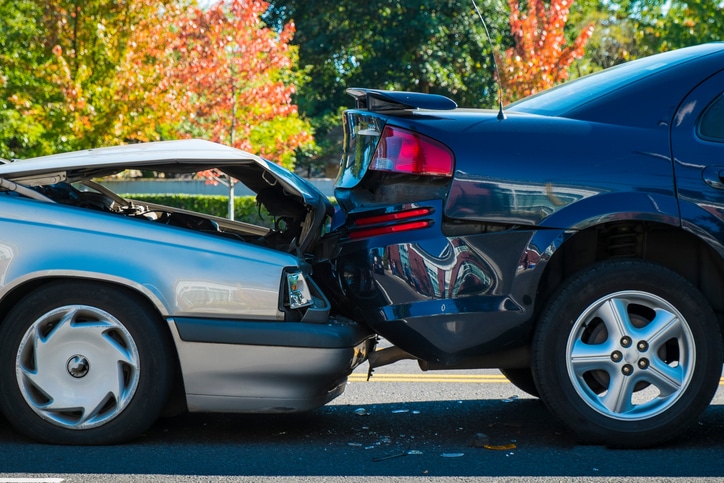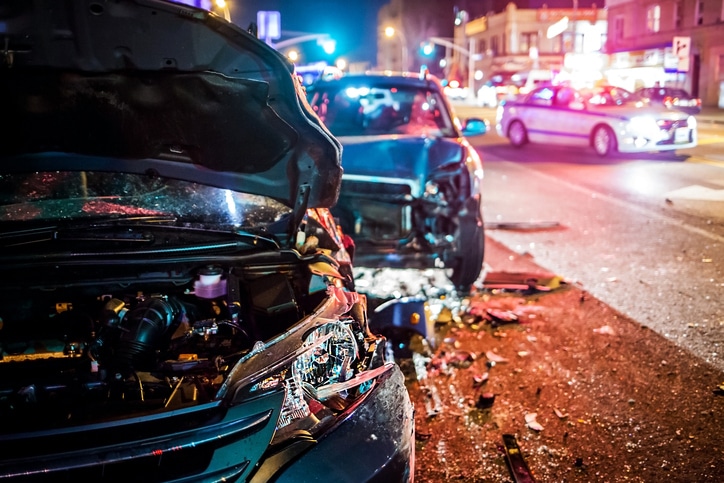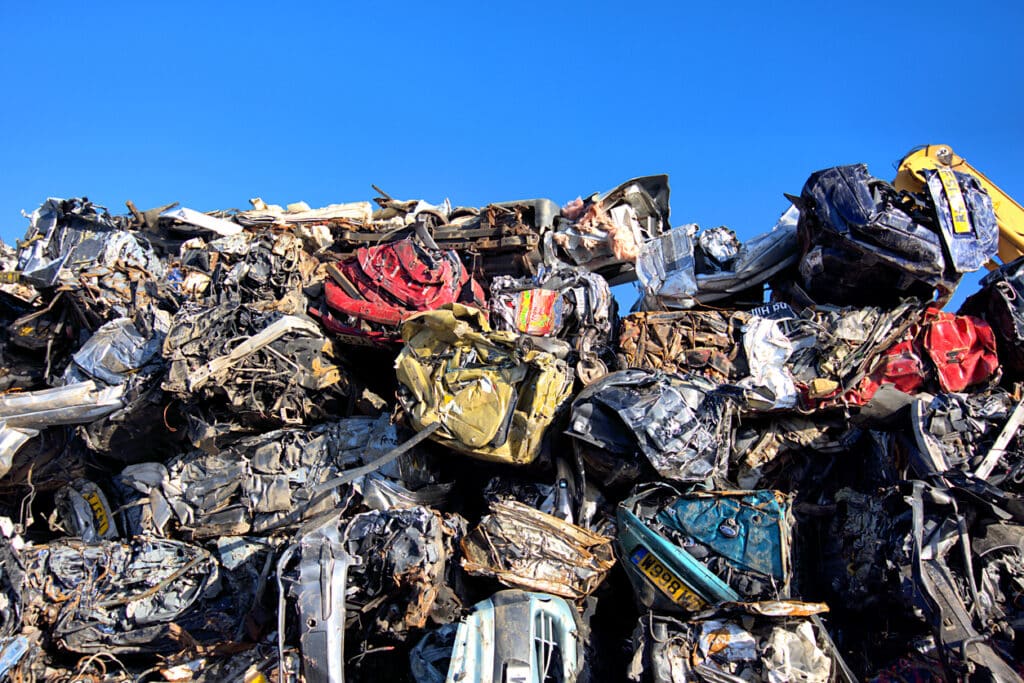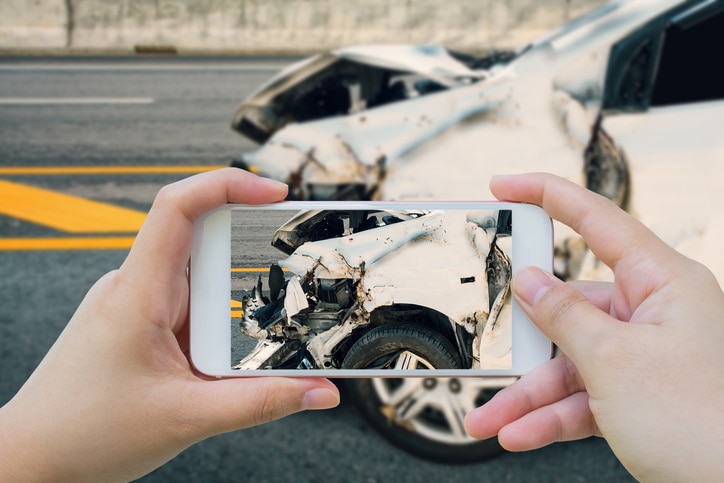If you’re unlucky enough to be involved in a car accident, dealing with the initial incident and its aftermath can be extremely stressful. But no matter how severe the crash, there are things you must do as a driver to protect yourself following an incident, not only to keep you and other road users safe, but to stay within the law.
We understand that in the moments after a crash, panic can set in, making it difficult to stay calm and remember exactly what should happen next. For this reason, we’ve put together a guide on what to do if you’re involved in a car traffic accident, covering the following areas:
- What to do in the immediate aftermath of a car crash
- Essential details and evidence to gather after an accident
- Dealing with your insurer and making a claim
Whether you’ve had an accident and are wondering what to do next, or simply want to know how to handle the situation ahead of time; our comprehensive guide can fill you in on exactly what to do after a road accident.
What to do in the immediate aftermath of a car crash
Stop
Whether the incident is severe or seems minor, if you’re involved in an accident on any type of road in the UK you’re legally obliged to stop under Section 170 of the Road Traffic Act. Do so in a safe place away from the flow of traffic if possible, and switch on your hazard warning lights so other drivers know that something’s happened. You should also switch off the ignition before leaving your car.
Call the emergency services
Take a look around the crash scene and approach the other vehicles involved when it’s safe to do so. If anyone is injured, call for an ambulance right away and try to give them as much information as possible. You should then call the police, who may be the first to arrive on the scene.
If no one is injured, it’s not necessary to call the emergency services unless the road is blocked or you suspect foul-play (such as a ‘crash for cash’ incident). In both cases, you should call the police right away.
Don’t apologise or accept liability
When talking to the other driver involved in the crash, try to keep things calm and professional. Take down their details and pass yours over without discussing liability or who was to blame. It can be difficult in the moment but try not to apologise for the accident, as this (although not legally binding) may be seen as an admission of guilt, and could invalidate your right to make a claim.
Exchange details
After any incident on the road (including when you crash into a parked car), you’re legally obliged to give your information to other party. These details include:
- Name
- Address
- Contact number
- Vehicle registration number
- Information about the car’s owner (if not yours – company car etc.)
While it’s not a legal requirement to give the other party details of your insurance provider, it can help to speed up the claim process, and also shows good co-operation from your end. In any case, you should always clarify with the other party that they have insurance – particularly with the MIB (Motor Insurer’s Bureau) reporting a growing number of accidents related to uninsured drivers on UK roads.
Essential detail and evidence to gather after an accident
As well as the basic details listed above, there’s other information you should collect which will strengthen your case when making a claim for damages. We’ve listed extra information to collect at the scene of the accident below:
- The make and model of the other vehicles involved, as well as the registration number.
- The date and time of the crash.
- Photographs of the crash site, or footage taken from a dash cam – which can be really valuable if your insurance claim ends up in court.
- A sketch of the crash site or footage of the site and road layout, showing the positions of the cars. This can help to clarify exactly what happened.
- A description of the weather, the driving conditions and any other unusual defining features of the road which may have directly or indirectly contributed to the accident.
- A list of damages inflicted on both cars. Be as specific as you can, especially when describing the damage on the other vehicle. This will help to discredit exaggerated claims for damages made by unscrupulous motorists.
- A list of witnesses, if any, and their contact information. If it’s your word against the other driver’s you might need witnesses to help the authorities know exactly what happened, and who was to blame.
Dealing with Your Insurer and Making a Claim
After the accident, you’ll need to inform your insurance provider of the crash, and start the claims process if your car has suffered damage. Even if you don’t intend on making a claim, you’ll need to let your insurance company know as there’s a chance the other party’s provider could contact them if they choose to put in a claim.
Contacting your insurer to make a claim
If you want to make a damages claim following a car accident, make sure you contact your insurance provider as quickly as possible after the event. Some insurance policies have a cut-off period, and if you miss this, it could affect your right to claim – leaving you with a hefty repair bill. Check the policy wording carefully when choosing car insurance, and familiarise yourself with any other Ts and Cs which could prevent you from making a claim.
To increase your chances of your claim going through smoothly, pass all the details and evidence that you collected immediately following the accident on to your insurance company. From there, they’ll do most of the legwork, and should update you on the progress of your claim at regular intervals.
Claiming against an uninsured driver
If you’re unlucky enough to be hit by an uninsured driver you should contact the MIB, which is a government-backed initiative set up to help compensate the victims of negligent uninsured drivers, and those who go untraced (hit and run). Depending on the circumstances of your accident, and if the other party was to blame, you may be able to claim back the repair costs for your vehicle.
Before contacting the MIB, use the Motor Insurance Database to find out if the other driver has valid insurance cover. If you have the number plate for the driver, and it turns out they’re insured, your insurance company could be able to help trace their identity and bring your claim to their insurance provider.
At Holts, we can’t help prevent accidents, but we can help you take better care of your car. Our DIY maintenance products are designed to keep you and your car on the road, for complete peace of mind behind the wheel. Find out more on the Holts homepage.





